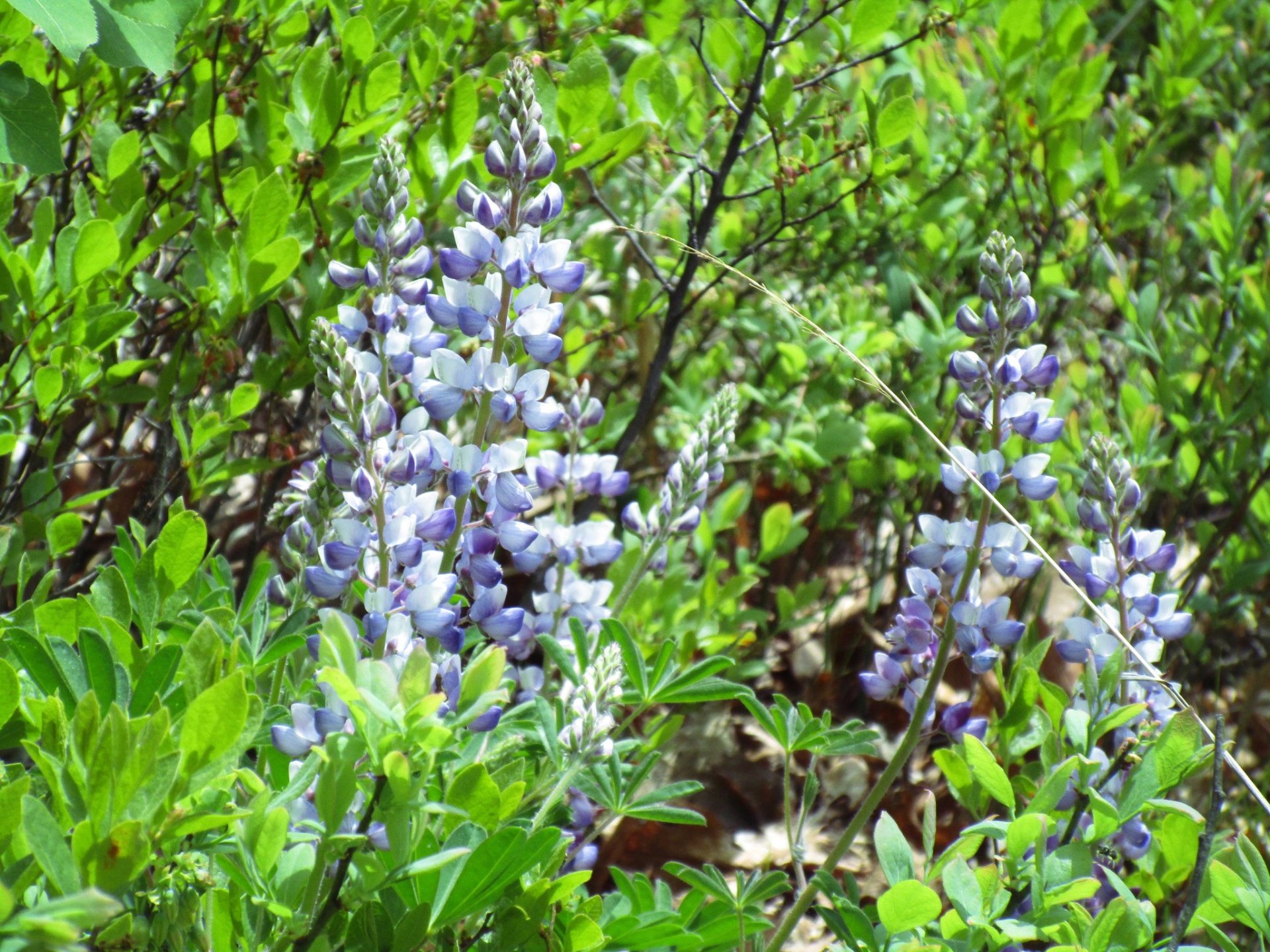by Grace Nichols
ALBANY, NY: Save the Pine Bush supports a move by Albany County Legislator Doug Bullock and Save the Pine Bush’s Grace Nichols to introduce to the Legislature a Pollinator-Friendly County Resolution. It would be the first time that the County stood with a class of organisms undergoing rapid extinctions globally. We, at Save the Pine Bush, hope the County of Albany passes the resolution as our small part to address a biological crisis, and also as an example to other counties and municipalities across New York State.
Pollinator-Friendly County Resolution:
Albany County has a history of protecting rare and endangered invertebrates such as the Frosted Elfin Butterfly, the Barrens Buckmoth and the Karner Blue Butterfly, which has been brought back to a healthy population from the brink of extinction.
The recent, swift and dramatic global declines in insect populations reminds us of our utter dependence on pollinators in our gardens, crops, food chain and ecosystems. With this in mind, we thank our insects and continue our commitment to their protection.
Whereas, there are now eight endangered species of bees in the United States (one of which, the Rusty Patched Bumblebee, was native to this region);
Whereas, research data has recorded dramatic insect declines globally. Per Scientific American “Worldwide, a 2014 summary of global declines in biodiversity and abundance estimated a 45 percent drop in the abundance of invertebrates, most of which are insects.”
Whereas, neonicotinoid pesticides remain in the pollen and nectar of plants for 36 months, having neurotoxic effects on visiting insects; and whereas the Pollinator Network at Cornell University writes, “Overall, neonicotinoids are emerging as being more toxic than other pesticides to bees. For instance, Sanchez-Bayo and Goka assessed the risk of 92 individual compounds (insecticides, fungicides, miticides, herbicides) and 3 neonicotinoids comprised the top five chemicals that are considered the highest risk to honey bees and bumblebees.”
Whereas, declines of insectivorous birds have been documented ; for example in the 2016 State of Birds report published by the North American Bird Conservation Initiative, a coalition that includes the National Audubon Society, temperate grassland and aerial-insectivorous birds on this continent have declined 33 percent since the 1970s—the most rapid drop of any bird group.
Whereas, Albany County is known for agriculture, wildlife and conservation;
Therefore, be it resolved: Albany will be a Pollinator Friendly County and carry out the following provisions:
Albany County will publish a guide to organic farms and CSAs, greenhouses which are neonicotinoid free, and local sellers of untreated organic seeds to encourage consumers and gardeners to support pollinator-friendly practices. The County will also publish a guide to pollinator host and nectar plants for this region for gardeners to refer to.
Albany County will plant host plants and nectar plant species for local pollinators — butterflies, moths, bee species and other flying insect species along county roads when doing repaving or reconstruction and in parks when performing maintenance.
Albany County will encourage the adoption by municipalities of conservation easement ordinances which will allow landholders to reduce their tax payments by agreeing to conservation easements on their properties, as an open space measure.
Albany County will encourage teachers to teach about host and nectar plants, and encourage pollinator gardens in the schools and the community;
Albany County will encourage businesses and county buildings to incorporate pollinator gardens; Albany County will encourage the planting of native plants in multi-use spaces, such as around solar farms, organic farms, and in the place of lawns.
Sources:
Yale 250, Three Decade Study shows Drastic Decline in Insect Populations. https://e360.yale.edu/digest/three-decade-survey-shows-drastic-decline-in-insect-populations
Pollinator Conservation Resources, NE Region. https://xerces.org/pollinators-northeast-region/
(Above: This is a wonderful guide to what plants to plant in this region to help pollinators!)
https://xerces.org/monarch-nectar-plants/
https://www.audubon.org/magazine/spring-2017/the-same-pesticides-linked-bee-declines-might
https://www.sciencealert.com/seven-species-of-bees-have-been-added-to-the-endangered-species-list
https://www.nytimes.com/2018/05/26/opinion/sunday/insects-bugs-naturalists-scientists.html Op-Ed in New York Times by Dr. Curt Stager, professor of Natural Sciences at Paul Smith College regarding insect declines.
https://www.pnas.org/content/115/44/E10397 (Insect Declines in Puerto Rico)
https://www.audubon.org/magazine/spring-2017/the-same-pesticides-linked-bee-declines-might
https://pollinator.cals.cornell.edu/threats-wild-and-managed-bees/pesticides/neonicotinoids/
Published in February-March 2019
Save the Pine Bush Newsletter
